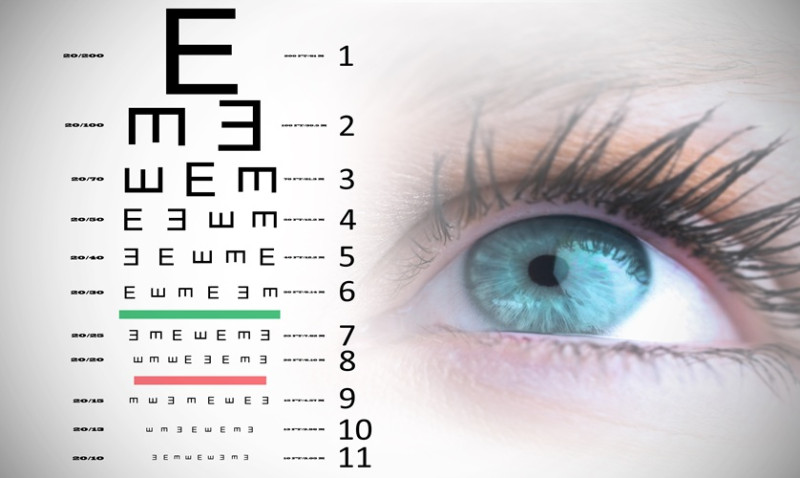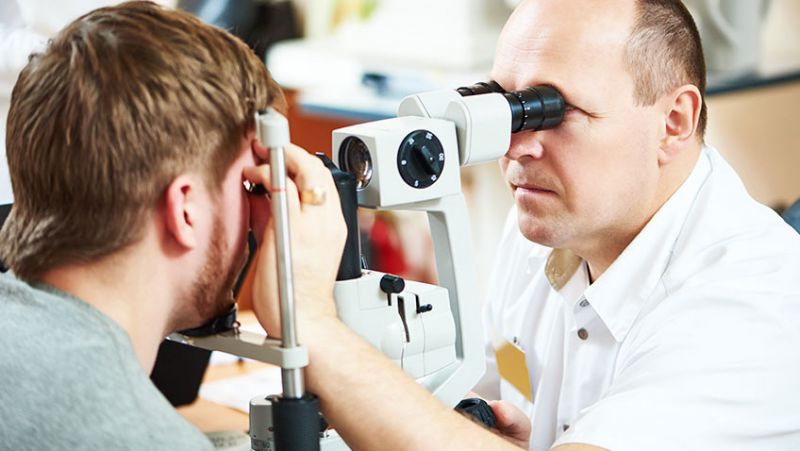
For decades, lower eyelid blepharoplasty has been associated with simply removing excess skin and fat from under the eyes, aiming to eliminate under-eye bags and sagging skin. However, over time, this approach has evolved significantly. With advancements in aesthetic medicine, a more refined, comprehensive method has taken shape to rejuvenate the under-eye region more naturally and effectively. This evolution is especially significant in an era where patients seek subtle, youthful results without appearing overly “done.”
Originally, lower eyelid blepharoplasty was primarily a reductive surgery. Surgeons focused on excising fat, tightening skin, and removing tissue to smooth out the appearance of the eyelid. While this often reduced puffiness, it also sometimes led to a hollow or sunken look because volume loss in the tear trough was not addressed. Over time, professionals realised that this approach didn’t always achieve natural or long-lasting results.
The recognition of volume as a key element in youthful under-eye appearance led to a paradigm shift in technique. Instead of removing fat, surgeons began preserving and even repositioning it. This change brought about improved outcomes and patient satisfaction, avoiding the dreaded “hollowed” aesthetic. Technological advances and better understanding of facial anatomy paved the way for safer and more predictable results.
Now, modern lower blepharoplasty is about balance – not just removal or tightening but reshaping and restoring. Surgeons like Dr. Christopher Parsa have led the way by incorporating cutting-edge techniques that consider the entire facial structure, particularly integrating the lower eyelid with the midface for a smoother, more seamless appearance. One such innovation is the introduction of the Trifecta Lift.
Introducing the Trifecta Lift: Dr. Parsa’s Revolutionary Approach
The Trifecta Lift is an advanced aesthetic technique designed by Dr. Parsa to address the under-eye area holistically. Unlike traditional blepharoplasty, which focuses solely on the lower eyelid, the Trifecta Lift treats three critical components: (1) Fat pad repositioning, (2) Skin tightening, and (3) Volume restoration.
This multifaceted approach delivers more harmonious results by treating not just isolated symptoms like puffiness or fine lines but the underlying causes of facial aging. Dr. Parsa developed this technique to respond to the growing demand for outcomes that are natural-looking, long-lasting, and tailored to the patient’s unique anatomy and aesthetic goals.
Fat pad repositioning ensures that the natural contours of the under-eye are preserved and enhanced rather than flattened. By redistributing bulging fat rather than cutting it out, Dr. Parsa maintains youthful shape while solving the issue of volume protrusion. This mitigates the risk of creating a hollow look and helps blend the lower eyelid with the cheek more naturally.
Skin tightening is accomplished via a specialised technique that carefully lifts and re-drapes skin without overly stretching it. This subtle approach respects the delicate nature of under-eye skin and avoids the tension-related complications sometimes seen with older methods. In many cases, this results in a youthful, rested appearance rather than a surgically altered look.
In the final phase of the Trifecta Lift, volume restoration involves the careful use of fat grafting or dermal fillers to restore lost volume in the tear trough and midface. This helps mask underlying skeletal changes related to aging and gives the face a more rejuvenated appearance overall.
Why Modern Surgical Techniques Matter in Aesthetic Outcomes
Patients are more informed than ever and seek results that transcend simple skin tightening – they want natural enhancements and subtle transformations. As beauty standards evolve in the UK and around the world, facial procedures are also embracing a more comprehensive, anatomy-aware approach. The Trifecta Lift is a prime example of this trend, blending surgical expertise with aesthetic artistry.
Modern surgical techniques like the one Dr. Parsa employs are rooted in extensive anatomical understanding. With high-definition imaging and sculpture-like precision, the Trifecta Lift allows for better prediction of long-term outcomes, making it an attractive option for patients who want results that age gracefully.
Incorporating multiple layers of correction at once also reduces the need for repeated procedures. For busy professionals, designers, and trade workers who value efficiency and minimal downtime, this integrative technique offers both high value and tailored care. In an economy where both cost-effectiveness and quality matter, an approach like the Trifecta Lift represents a competitive edge in the surgical landscape.
The technique also aims to minimise complications associated with previous blepharoplasty approaches—such as lid retraction or asymmetry—by reinforcing the structural integrity of the eyelid. This results in fewer revisions and more consistent aesthetic satisfaction among clients of all ages.
Is Trifecta Lift Right for You?
While usually aimed at patients from their early 30s to late 60s, suitability for the Trifecta Lift depends on individual anatomy and aesthetic priorities. It is ideal for those suffering from under-eye bags, skin laxity, dark circles, tear trough depression, or visible ageing in the midface. Many professionals and creatives – from architects to builders and designers across the UK – have busy lifestyles and value low-maintenance, effective solutions. The Trifecta Lift meets those needs by offering refined results with minimal disruption to everyday life.
The consultation process with an experienced surgeon like Dr. Parsa includes a full facial evaluation, discussion of your goals, and imaging to ensure realistic expectations. For professionals in fields where first impressions matter – like design consultations, client meetings, or on-site walkthroughs – a confident, youthful appearance can be a powerful personal asset.
One of the most appealing aspects of the procedure is its customisability. Depending on your unique facial structure, skin type, and degree of ageing, Dr. Parsa can adjust each of the three elements in the “trifecta” to best complement your natural look. In this way, the operation becomes less of a template and more of a bespoke enhancement.
Recovery is typically quicker and more comfortable than traditional eyelid surgeries, making it easier to return to work, meetings, or projects shortly after. Within two weeks, most bruising and swelling subside, and patients can enjoy results that progressively improve over the following months.
Comparing Traditional Blepharoplasty vs Trifecta Lift
| Feature | Traditional Blepharoplasty | Trifecta Lift |
|---|---|---|
| Focus Area | Lower eyelid skin and fat removal | Lower eyelid + midface integration |
| Technique | Reductive (cutting/removal) | Preservation + repositioning + restoration |
| Results | Flat, sometimes hollow | Natural, volumised, youthful |
| Downtime | 2–3 weeks | 1–2 weeks |
| Suitability | Older patients primarily | Younger professionals to mature clients |
| Longevity | 5–7 years average | 10+ years with good maintenance |
| Correction Scope | Under-eye bags only | Under-eye + midface + skin quality |
Conclusion: Looking Ahead with Confidence
As the demand for aesthetic enhancement grows among design-conscious individuals across the UK—from Brighton to Birmingham—advanced surgical techniques like Dr. Parsa’s Trifecta Lift are setting a new standard in facial rejuvenation. By considering the structural complexities of the face and approaching eyelid correction from multiple, synergistic angles, this evolution in blepharoplasty ensures not just visible improvements but transformative, lasting change.
Whether you’re a creative professional meeting clients daily or a self-employed tradesman aiming to look refreshed and vibrant, modern eyelid surgery offers a way to subtly enhance your appearance without compromising authenticity. The Trifecta Lift isn’t just about turning back the clock—it’s about restoring the best version of you.
If you're considering an aesthetic upgrade, now is the time to explore cutting-edge treatments that combine strategy, science, and style. Book a consultation with Dr. Parsa and rediscover confidence in every glance.



